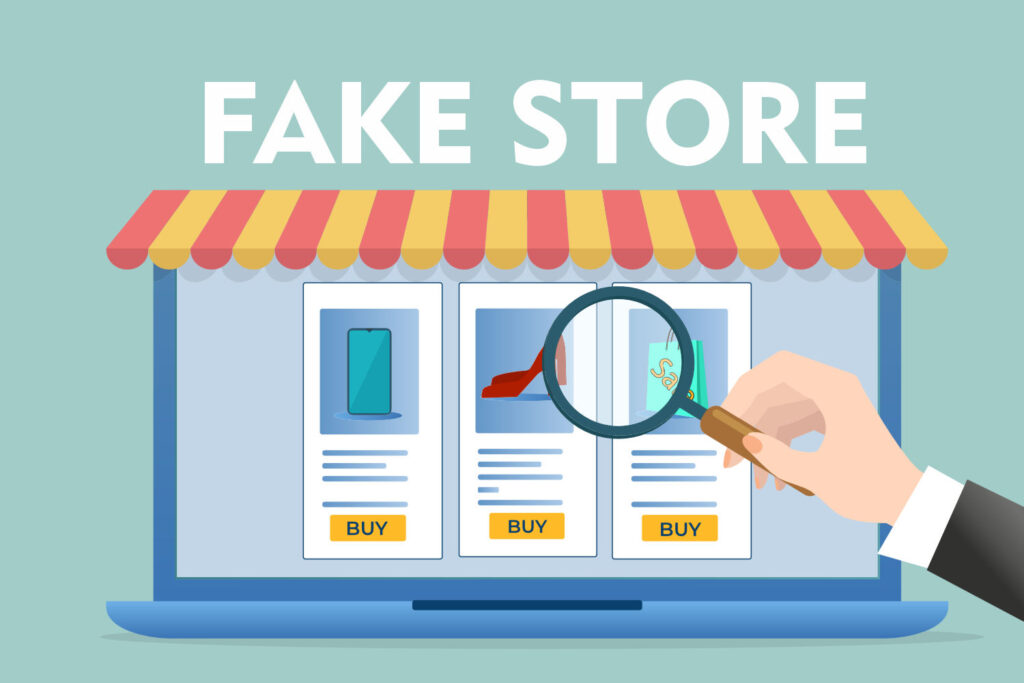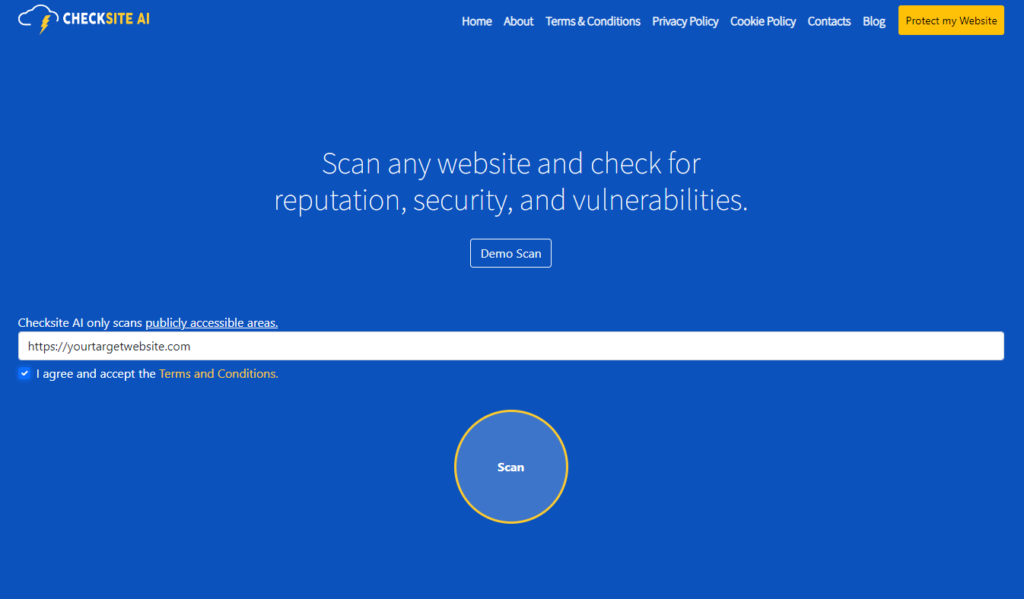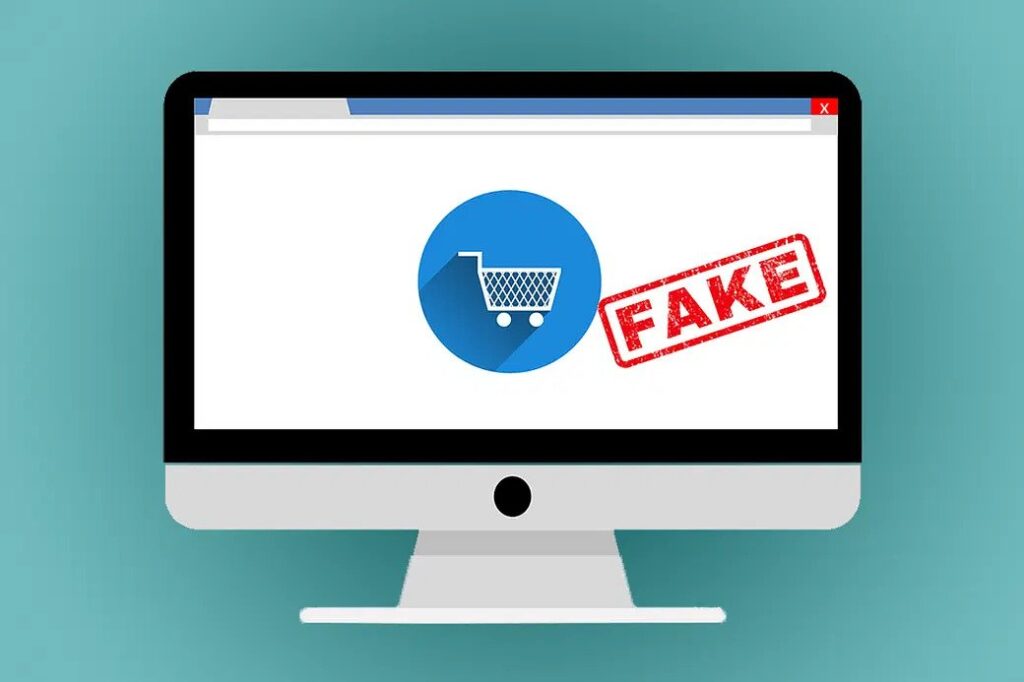
Ever wondered if that online store you stumbled upon is the real deal or just another scam? We’ve all been there! In this blog post, we’re going to spill the beans on how to spot a fake e-commerce store from a mile away. We’ll break down five essential things you should keep an eye out for. So, buckle up and get ready to become an online shopping detective!
Key Takeaway
When shopping online, be vigilant and watch out for red flags that may indicate a fake e-commerce store. Pay attention to poor website design, suspicious contact information, unrealistic deals, lack of secure payment options, and limited customer reviews. To assist you in your quest for a safe shopping experience, utilize tools like Checksite.ai to quickly scan websites and obtain free reputation reports. Stay savvy, trust your instincts, and protect yourself from fraudulent schemes in the digital marketplace.
Table of Contents
- Utilizing Checksite.ai for quick reputation reports
- Red Flag #1: Poor website design and functionality
- Red Flag #2: Suspicious contact information
- Red Flag #3: Unrealistic deals and prices
- Red Flag #4: Lack of secure payment options
- Red Flag #5: Limited or negative customer reviews
Scanning the online store with Checksite.ai

Before we jump into the red flags, here’s a handy tool to kickstart your investigation: Checksite.ai. This tool allows you to quickly scan the target online store and obtain a free report about its reputation. It analyzes various factors, such as customer reviews, website safety, and trustworthiness, giving you valuable insights in just a few clicks.
1.Poor Website Design and Functionality
When you land on the website, take a moment to assess its design and functionality. Legitimate e-commerce stores typically invest in creating user-friendly interfaces with smooth navigation and intuitive layouts. On the other hand, fake stores often have a haphazard appearance, with inconsistent colors, distorted images, and clunky navigation. If the website looks like it was thrown together in a hurry, it’s a strong indicator that something might be wrong.
2. Suspicious Contact Information
Authentic online stores strive to establish trust and maintain open communication with their customers. That’s why they provide comprehensive contact information, including a physical address, phone number, and email address. If the store you’re investigating lacks these details or only offers generic email addresses like “support@fakestore.com,” it’s time to raise a red flag. A legitimate store should be transparent about their location and should provide multiple ways to get in touch with their customer support team.
3. Unrealistic Deals and Prices

One of the common tactics employed by fake online stores is to lure unsuspecting shoppers with unbelievably low prices or jaw-dropping deals. While everyone loves a good bargain, it’s important to exercise caution when the prices seem too good to be true. If the store consistently offers products at significantly lower prices than competitors or major retailers, it’s a warning sign that they might be selling counterfeit or substandard goods. Remember, quality comes at a price, and if it sounds too good to be true, it probably is.
4. Lack of Secure Payment Options
When it comes to online shopping, security should be a top priority. Legitimate e-commerce stores prioritize customer safety by providing secure payment options. Look for trust indicators such as SSL encryption and reputable payment gateways like PayPal, Stripe, or major credit card processors. If you notice that the store only offers payment methods that seem obscure or unsafe, it’s wise to take a step back. Avoid sharing your credit card details or any sensitive information with such websites, as it could lead to financial fraud or identity theft.
5. Limited or Negative Customer Reviews
The power of customer reviews cannot be underestimated. Before making a purchase from an online store, take a moment to search for reviews and feedback from previous customers. Authentic stores typically have a mix of positive and negative reviews, reflecting the diverse experiences of their customers. However, if you find the store has an overwhelming number of negative reviews or a complete lack of reviews altogether, it’s a glaring red flag. Genuine stores encourage customers to leave feedback and engage with their community, while fake stores try to hide their poor reputation by erasing any trace of customer feedback.
To Conclude
In a world where fake online stores lurk around every corner, it’s crucial to stay alert and protect yourself from scams. By keeping an eye out for poor website design, suspicious contact information, unrealistic deals, lack of secure payment options, and limited customer reviews, you can spot those fraudulent platforms before it’s too late. And don’t forget, Checksite.ai is your trusty sidekick in this journey. With its quick and free reputation reports, you’ll have the power to unveil the truth about any online store and shop with confidence. Stay savvy, stay safe!
